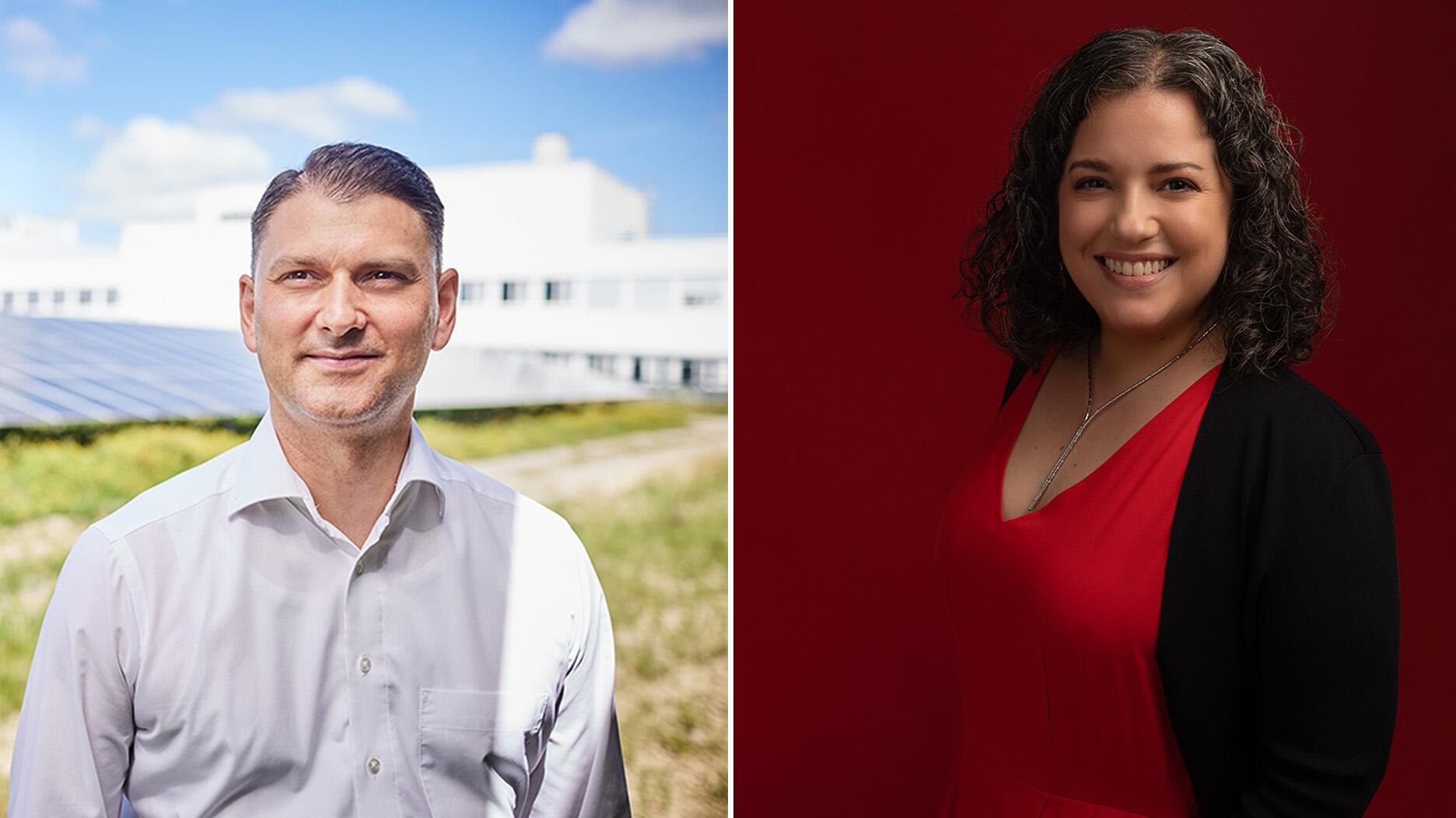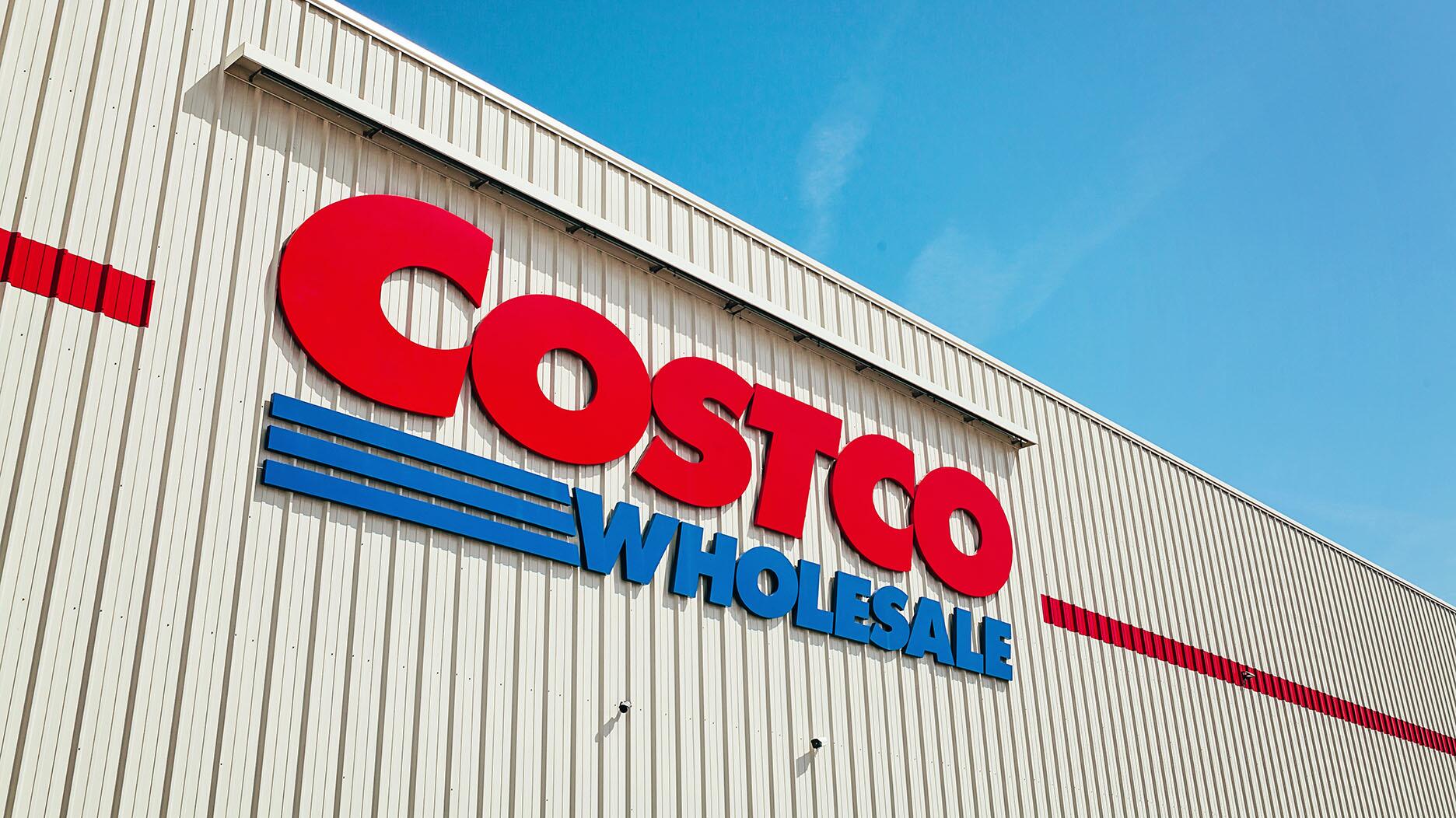5 Things to Know About Signet’s Sustainability Goals
From inclusivity in the workplace to climate change, these are the issues the jewelry giant is prioritizing.

The jewelry giant said it will focus on charity work, inclusion, climate change, and other people-focused initiatives.
“Our 2030 Corporate Sustainability Goals provide a roadmap for the next decade of our journey as a company,” CEO Virginia C. Drosos said in a press statement.
“From prioritizing our team in creating a rewarding and welcoming culture to protecting human rights throughout our supply chain and innovating in ways such as embracing the circular economy and continually reducing carbon emissions, we’re committed to operating in ways that create positive change for our planet and people.”
Signet has a list of 44 goals, organized into a “three loves” framework: love for all people, love for its team, and love for its planet and products.
Here are some of the highlights of its plan.
Signet wants to advocate for social change.
As beauty ideals shift away from traditional perfection to more inclusive realness, Signet wants its ads to reflect that.
The company is pledging to create inclusive marketing campaigns, representing a diverse array of shapes, sizes, ethnicities, and abilities. Signet said it will partner with St. Jude Children’s Research Hospital to feature patients and their families.
And, as society continues to parse through important conversations about social change, the company said it wants to be a part of the discussion in places where its voice can be helpful.
The company is leaning into its philanthropic side as quarterly sales continue to surge, and it is encouraging its employees to do the same. Signet’s Love Inspires Foundation will encourage team members to focus on social causes that are important to the communities where they live and work.
It aims to align the charity’s grant-making policy with the U.N.’s Sustainable Development Goals.
Signet wants to promote a more inclusive work environment.
The jewelry company has set several goals related to a more inclusive workplace.
It aims to interview diverse candidates for manager-level positions and above.
For the next four years, Signet plans to continue requiring its team members to take courses on inclusion and equity.
Employees in the director level and above will be required to complete a “Traits of Inclusive Leaders” course by 2025.
If all goes to plan, the management team is expected to better reflect its customer base and communities by 2025, the jeweler said.
In addition, by 2030, Signet expects to increase diversity in its leadership positions at the level of director and above by 25 percent, and increase the representation of BIPOC in leadership roles at this level in support centers by 20 percent.
It plans to earmark contributions for historically Black colleges and universities and Hispanic-serving academic institutions, setting up scholarships and academic partnerships as a way to increase diversity in its pool of interns and direct hires.
The retailer set a goal of becoming an “Employer of Choice” for LGBTQ+ communities and be recognized by the Human Rights Campaign Corporate Equality Index.
Signet also is increasing its base wage in the United States to $15 per hour by the spring of 2022, an intention it announced earlier this year.
Signet wants to carry that inclusivity over to the design studio.
The retailer also has set goals to promote inclusivity in the design process.
One goal is to increase the total spend on indirect diverse suppliers to $250 million.
It also plans to up its merchandise spend to global direct suppliers with programs that pay living wages to women.
The company wants to foster talent in the diamond jewelry sector, particularly for BIPOC designers, offering scholarships, mentorships, business development, and more.
It plans to add five BIPOC-owned companies and brands to its vendor list.
Signet will also give support to five new female entrepreneurs in the jewelry industry.
Looking at its supply chain, the company hopes to increase “access to career opportunities and upward mobility for women employed by our key suppliers.”
Signet wants to do its part to promote human rights via supply chain management.
The company said it will source “conflict-free” rough diamonds from high-risk areas, like Central Africa, by working with artisanal and small-scale miners, aligned with the guidance provided by the Organisation for Economic Co-operation and Development.
In a push for traceability, it will disclose diamond origin by company and share information with customers about the economic impact for those diamonds traceable through De Beers Group, Alrosa and other major rough diamond sources.
The company also plans to provide skills and opportunities to the diamond cutting and polishing areas of Botswana.
In addition to its sustainability goals report, Signet filed its eighth consecutive Form Specialized Disclosure and Conflict Minerals Report with the U.S. Securities and Exchange Commission, alongside an independent private sector audit report.
Signet’s report, backed up by the accompanying audit, states it has obtained its gold, tin, tantalum, and tungsten from conflict-free sources in the Democratic Republic of the Congo.
Looking to its suppliers, all of Signet’s “strategic indirect suppliers” have signed the company’s Supplier Code of Conduct or have a similar one in place, the company said, and have been audited for compliance.
Its direct and indirect suppliers are also increasing career opportunities and upward mobility for women.
Signet said all of its direct suppliers offer safe and healthy workplaces for its employees, and all key suppliers are expected to be certified members of the Responsible Jewelry Council by 2025.
Signet wants to address climate change.
As heat waves ripple across the country, climate change continues to be an issue large companies are looking to address.
Signet has set the goal of achieving net-zero greenhouse gas emissions by 2050, partnering with transportation suppliers to meet that goal.
The company also wants to make its packaging more eco-friendly, offering customers sustainable packaging options in stores and online.
It aims to use at least 50 percent recycled content for pulp and paper-based packaging and 30 percent recycled content in plastic-based packaging.
In addition, Signet’s supply chain will make use of corrugated boxes consisting of no less than 60 percent recycled material.
As for water usage, it will implement reduction policies in all of its factories and facilities that operate in “water-stressed areas.”
The company also wants to join the U.N. Global Compact CEO Water Mandate and pledge by 2050 to have a net-positive water impact in these water-stressed areas.
In addition to the initiatives outlined above, Signet also set goals to provide professional development training for its retail employees, improve employee retention in its field and support centers, and more.
“I couldn’t be prouder to embrace this direction—a true north that our customers, employees and investors want—and be the change we want to see in the world,” said Drosos.
The Latest

Linda Coutu is rejoining the precious metals provider as its director of sales.

The Signet Jewelers-owned store, which turned 100 last year, calls its new concept stores “The Edit.”

The supplier has a curated list of must-have tools for jewelers doing in-house custom work this year.

How Jewelers of America’s 20 Under 40 are leading to ensure a brighter future for the jewelry industry.

Footage of a fight breaking out in the NYC Diamond District was viewed millions of times on Instagram and Facebook.


The governing board welcomed two new members, Claire Scragg and Susan Eisen.

Sparkle with festive diamond jewelry as we celebrate the beginning of 2026.

Roseco’s 704-page catalog showcases new lab-grown diamonds, findings, tools & more—available in print or interactive digital editions.

The master jeweler, Olympian, former senator, and Korean War veteran founded the brand Nighthorse Jewelry.

In its annual report, Pinterest noted an increase in searches for brooches, heirloom jewelry, and ‘80s luxury.

Executive Chairman Richard Baker will take over the role as rumors swirl that a bankruptcy filing is imminent for the troubled retailer.

Mohr had just retired in June after more than two decades as Couture’s retailer liaison.

Shekhar Shah of Real Gems Inc. will serve as president of the Indian Diamond & Colorstone Association in 2026.

This year’s good luck charm features the mythical horse Pegasus, and is our first Piece of the Week of the new year.

Articles about crime, engagement rings, and a necklace worn in the World Series generated the most interest among readers.

As part of the leadership transition, Sherry Smith will take on the role of vice president of coaching strategy and development.

It marks the third time the country has headed the Kimberley Process. Ghana will serve as vice chair.

The new Bulova x Stetson designs highlight two animals often associated with the American West—the bison and the Texas Longhorn.

Its residency at Yamron Jewelers will run through May 2026.

From influential executives to innovative designers, we pay tribute to the people we said goodbye to this year.

The retailer is expanding into areas with large Indian and South Asian populations.

The Italian brand has opened its first flagship amid the peaks of the Dolomites in Madonna di Campiglio, Italy.

The new curation at the Natural History Museum of Los Angeles County showcases rare gem and mineral specimens in their uncut, natural state.

The couple pleaded guilty to concealing at least $127 million in cash transactions at its precious metals businesses.

Consumers shared concerns about prices, inflation, tariffs, trade, and politics in the survey’s write-in response section.

In February 2026, the auction house will move its headquarters to the former Steinway Hall, a neoclassical landmark on Billionaires’ Row.

The new show will take place Jan. 23-25, 2026.




























